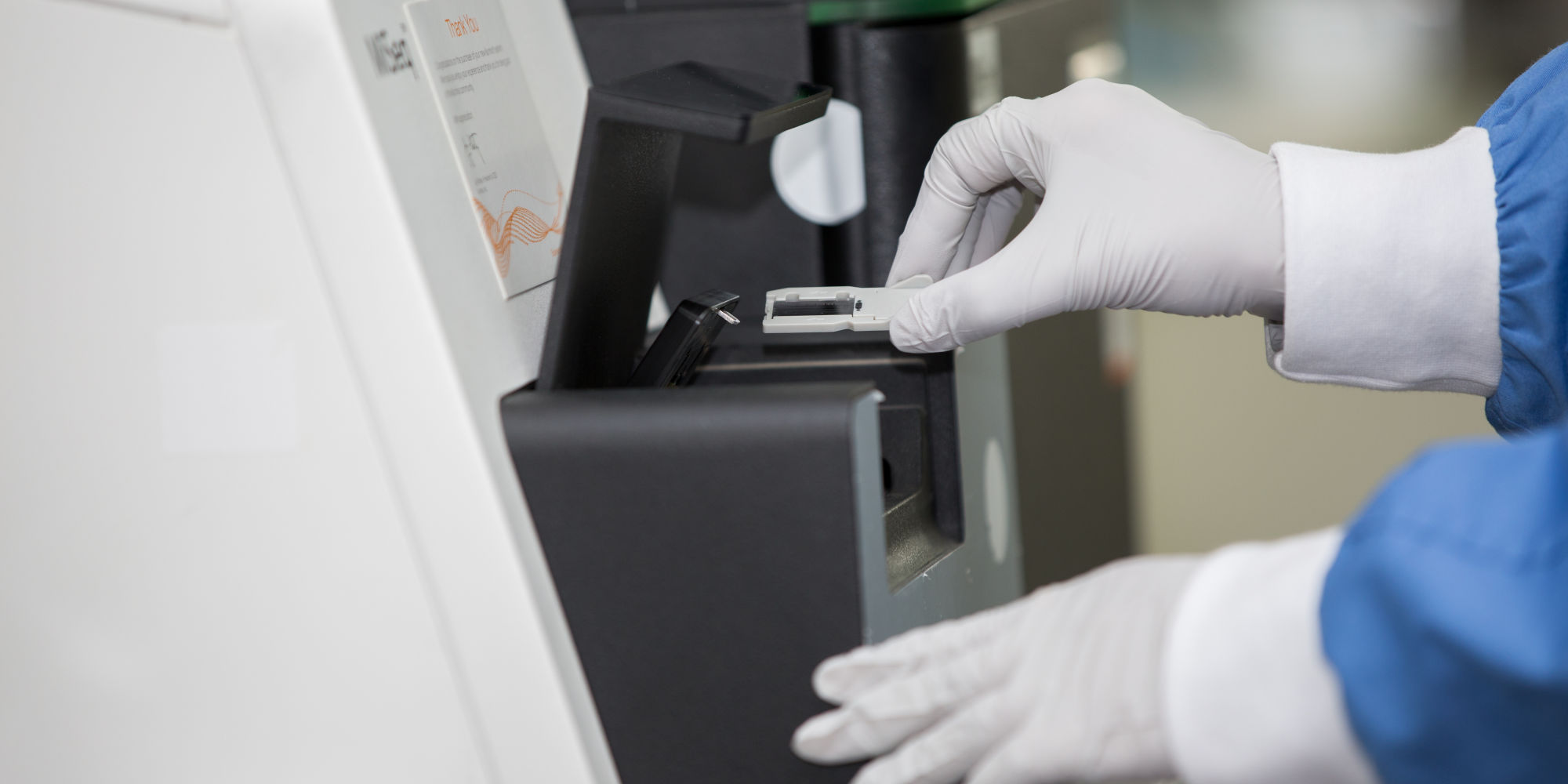21 April 2021
The mutation of a single gene that contributes to a wide range of physiological functions throughout the body can produce complex multi-organ syndromes. A recent investigation of 23 patients with mutations in a gene called MADD illustrates this phenomenon, revealing how different genetic alterations give rise to a spectrum of disease manifestations and severities.
The study began when Kerstin Kutsche of the University Medical Center Hamburg-Eppendorf in Germany encountered two siblings with a range of respiratory, endocrine, neurological and other developmental abnormalities. These were linked to a mutation in the MADD gene, and Kutsche subsequently contacted other researchers around the world who had experience with cases of such mutations.
“Our group had previously discovered this gene mutation and published it in a manuscript,” says KAIMRC’s Majid Alfadhel. He shared his clinical data with Kutsche’s team, whose collaborative effort ultimately gathered data on a total of 23 children with 21 different mutations in MADD.
These diverse mutations gave rise to equally diverse disease states, which the researchers classified into two broad groups. The first, comprising 14 patients, faced an especially poor prognosis, with high mortality risk early in life, severe developmental delays, haematological anomalies and hormonal and neurological dysfunction. The second group, which had 9 patients, exhibited relatively milder neurological impairments, with delayed development of speech and motor skills and susceptibility to seizures.
The researchers analysed the impact of these mutations in skin cells donated by some of the patients. This allowed them to determine how different alterations in MADD give rise to truncated or otherwise aberrant forms of the encoded protein. Subsequent cell culture experiments demonstrated that MADD deficiency disrupts several critical cellular signalling pathways and impairs the ability of cells to survive stressful physiological conditions. These analyses also revealed some potential mechanisms underlying the diverse symptoms seen in the 23 patients, although it remains unclear how specific mutations contribute to particular disease phenotypes.
This collaborative advance in understanding the clinical impact of MADD mutations would not have been possible if clinicians around the world had not published their findings from individual patients. “We have learned that you should not underestimate the impact of single case reports in research,” says Alfadhel. His team remains actively engaged in discovering other such disorders as part of KAIMRC’s Genetics and Rare Diseases program. “We aim to characterize their clinical phenotypes, delineate genetic and molecular mechanisms, and discover future potential treatments,” he says.
References
- Schneeberger, P.E., et al. Biallelic MADD variants cause a phenotypic spectrum ranging from developmental delay to a multisystem disorder. Brain 143, 2437–2453 (2020). | article



